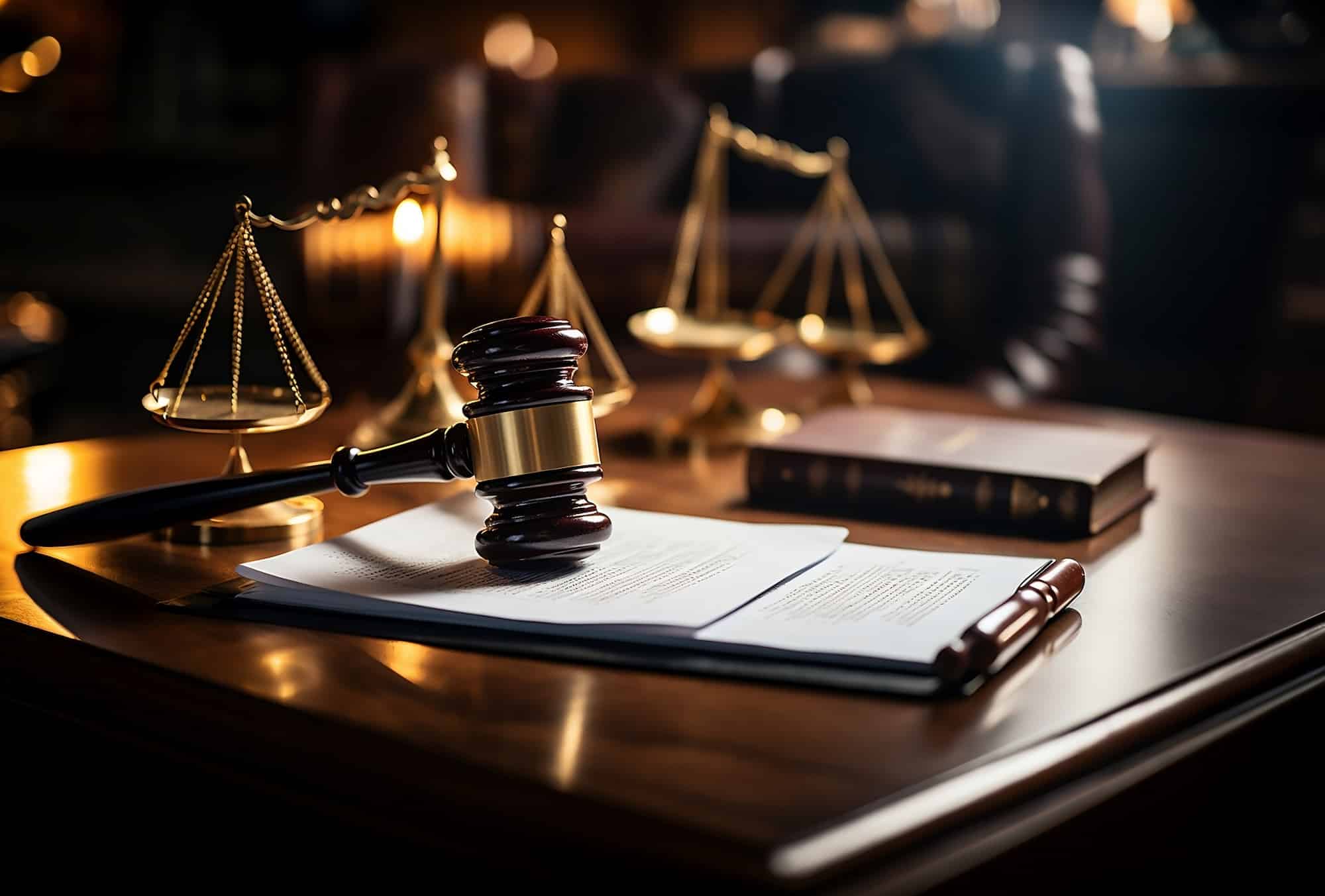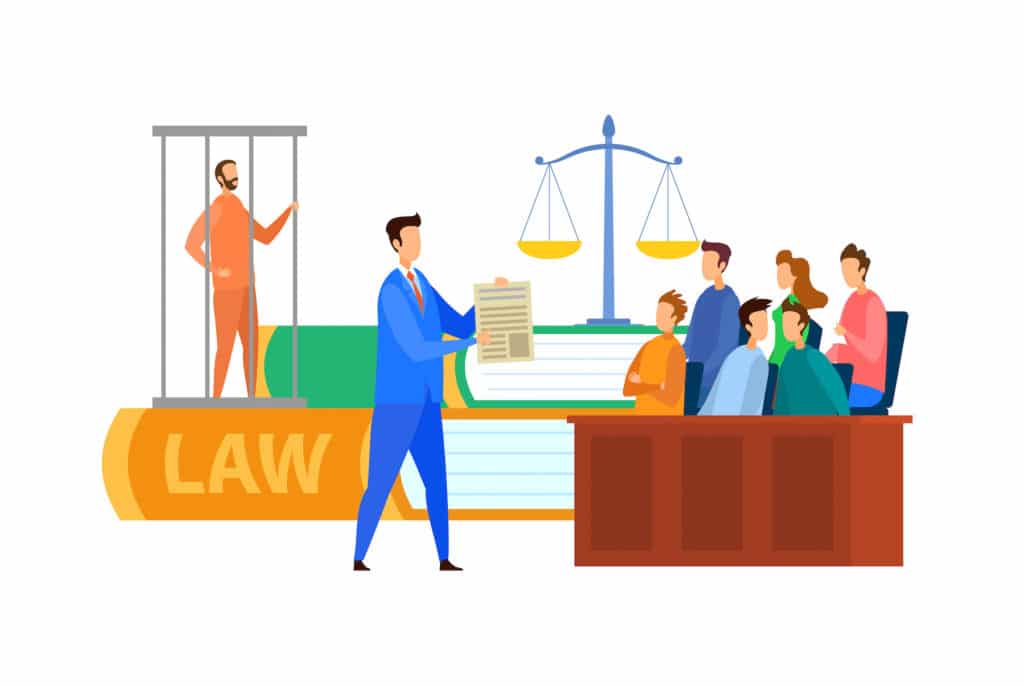How to Enhance Your Situation with Engaging Trial Presentations: Professional Tips for Attorney
How to Enhance Your Situation with Engaging Trial Presentations: Professional Tips for Attorney
Blog Article
Navigating the Intricacies of Trial Presentations: Tips for Seamless Distribution and Compelling Debates
In the realm of legal process, the art of trial discussion stands as an essential determinant of success. The complexities fundamental in test presentations call for a fragile balance of technique, finesse, and ability.

Recognizing Test Purposes
To effectively navigate a trial, it is critical to have a clear understanding of the objectives that need to be achieved. Before entering the court room, lawful teams need to specify their objectives and preferred outcomes. These purposes function as directing principles throughout the trial, shaping approaches and influencing decision-making processes.
Recognizing test objectives entails a detailed evaluation of the situation, legal precedents, and the client's ideal passions. Trial Presentations. It calls for a meticulous evaluation of the realities, recognizing vital issues, and anticipating possible difficulties. By setting details and measurable objectives, attorneys can customize their disagreements and discussions to straighten with the desired results
Furthermore, a clear understanding of test objectives allows legal teams to prioritize proof, witnesses, and lawful arguments efficiently. It enables for the advancement of a meaningful story that reverberates with the discretionary, reinforcing the general instance presentation.

Organizing Proof Effectively
Having a clear understanding of test goals lays the structure for arranging evidence efficiently in legal process. By straightening the presentation of proof with the wanted outcomes of the trial, lawful teams can strengthen their disagreements and improve their persuasiveness.
One more trick component in arranging evidence properly is establishing a rational flow. Presenting proof in a consecutive and coherent way can aid construct a compelling story that sustains the lawful disagreements being made. Furthermore, making use of aesthetic help such as graphs, timelines, or charts can further boost the organization of proof and aid in making clear intricate relationships or series of events.
Additionally, making certain that all proof offered is admissible and relevant to the case is crucial. Inadmissible or pointless evidence can interfere with the toughness of the disagreement and possibly damage the credibility of the offering event. As a result, a thorough testimonial and choice procedure should be carried out to consist of just the most lawfully sound and impactful proof in the test presentation.
Crafting Influential Stories
Crafting compelling stories plays an essential role in presenting convincing disagreements during lawful process. A well-crafted story has the power to astound the audience, evoke feelings, and ultimately persuade the choice in favor of the providing celebration. When constructing a story for a trial discussion, it is essential to establish a clear story that highlights bottom lines and links them in a systematic way. Begin by detailing the facts of the case in an engaging manner, making sure that the series of events is easy to comply with. Introduce personalities successfully, offering history details that aids the target market recognize their actions and motivations. Furthermore, home including vibrant descriptions and interesting language can bring the narrative to life, making it a lot more unforgettable for the discretionary. By weaving together proof, testimony, and lawful disagreements into a natural and influential narrative, attorneys can properly promote for their customers and boost the possibility of a beneficial end result in the court.
Grasping Aesthetic Aids
Effective use visual aids is vital to enhancing the effect and clearness of test presentations. Aesthetic help, when made use of purposefully, have the power to simplify complex information, enhance crucial points, and leave a lasting impact on the discretionary. To grasp visual help in trial presentations, it is critical to guarantee that they are clear, concise, and appropriate to the disagreements being made.
When incorporating aesthetic aids, such as charts, photographs, charts, or timelines, right into a test presentation, it is important to maintain them aesthetically appealing yet professional. The visuals should match the verbal debates, offering an aesthetic depiction of the details being reviewed without frustrating the audience with unnecessary information.
Additionally, exercising with the aesthetic aids ahead of time is imperative to make certain a smooth distribution throughout the test. Acquainting oneself with the material, transitions, and timings of each aesthetic aid can assist preserve the circulation of the discussion and stop technological glitches that might emerge.
Supplying Impactful Closing Debates
A compelling closing debate acts as the end result of a trial presentation, enveloping the core story and persuading the discretionary towards a positive choice. To deliver an impactful closing debate, it is important to succinctly wrap up essential factors, website here highlight the strengths of your situation, and resolve any weaknesses in a strategic way. Begin by detailing the main debates that sustain your client's setting, highlighting why the evidence presented throughout the test supports your narrative. It is vital to produce a feeling of cohesion and clearness, assisting the judge and jury towards the desired conclusion.
In addition, including sob story can better enhance your closing argument. By humanizing the instance and linking on an individual level with the decision-makers, you can evoke compassion and understanding, influencing their understanding of the realities provided. Furthermore, repeating the legal requirements that have to be met for a beneficial judgment can reinforce the credibility of your position. Ultimately, a well-crafted closing argument must leave a long-term impact, compelling the discretionary to regulation in your customer's support.
Verdict
In final thought, mastering test presentations entails find more information recognizing goals, arranging evidence, crafting narratives, utilizing aesthetic aids, and supplying impactful closing arguments. By applying these strategies properly, legal representatives can offer their situation flawlessly and make compelling disagreements in the court. It is critical to browse the complexities of trial presentations with accuracy and ability to accomplish success in lawful procedures.
By straightening the presentation of evidence with the preferred end results of the trial, lawful teams can enhance their debates and enhance their persuasiveness (Trial Presentations). To grasp visual help in test presentations, it is critical to make certain that they are clear, succinct, and appropriate to the arguments being made
A compelling closing disagreement serves as the culmination of a test presentation, enveloping the core narrative and encouraging the judge and court in the direction of a positive decision. Begin by laying out the major arguments that support your client's position, stressing why the evidence offered throughout the test supports your narrative.In verdict, grasping test discussions involves understanding objectives, organizing evidence, crafting stories, making use of visual help, and delivering impactful closing arguments.
Report this page